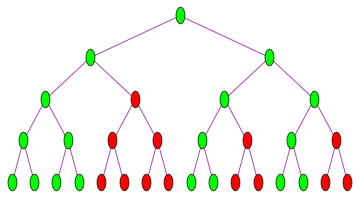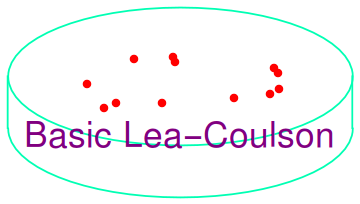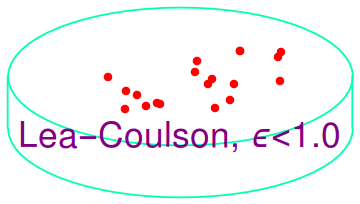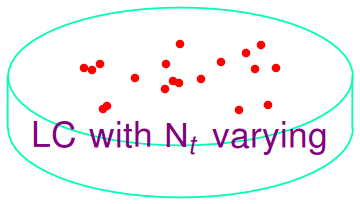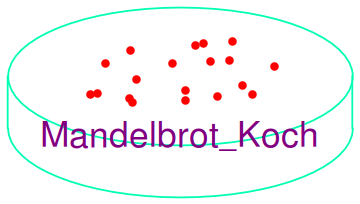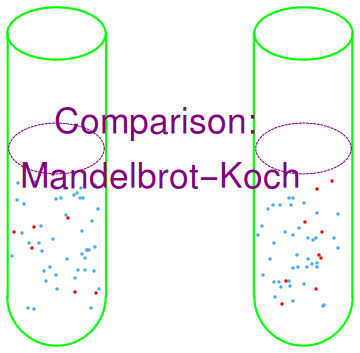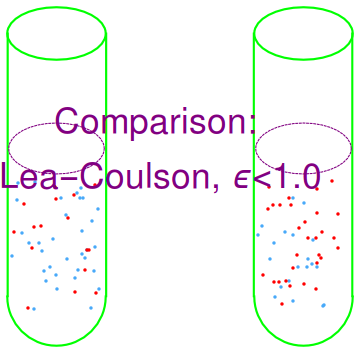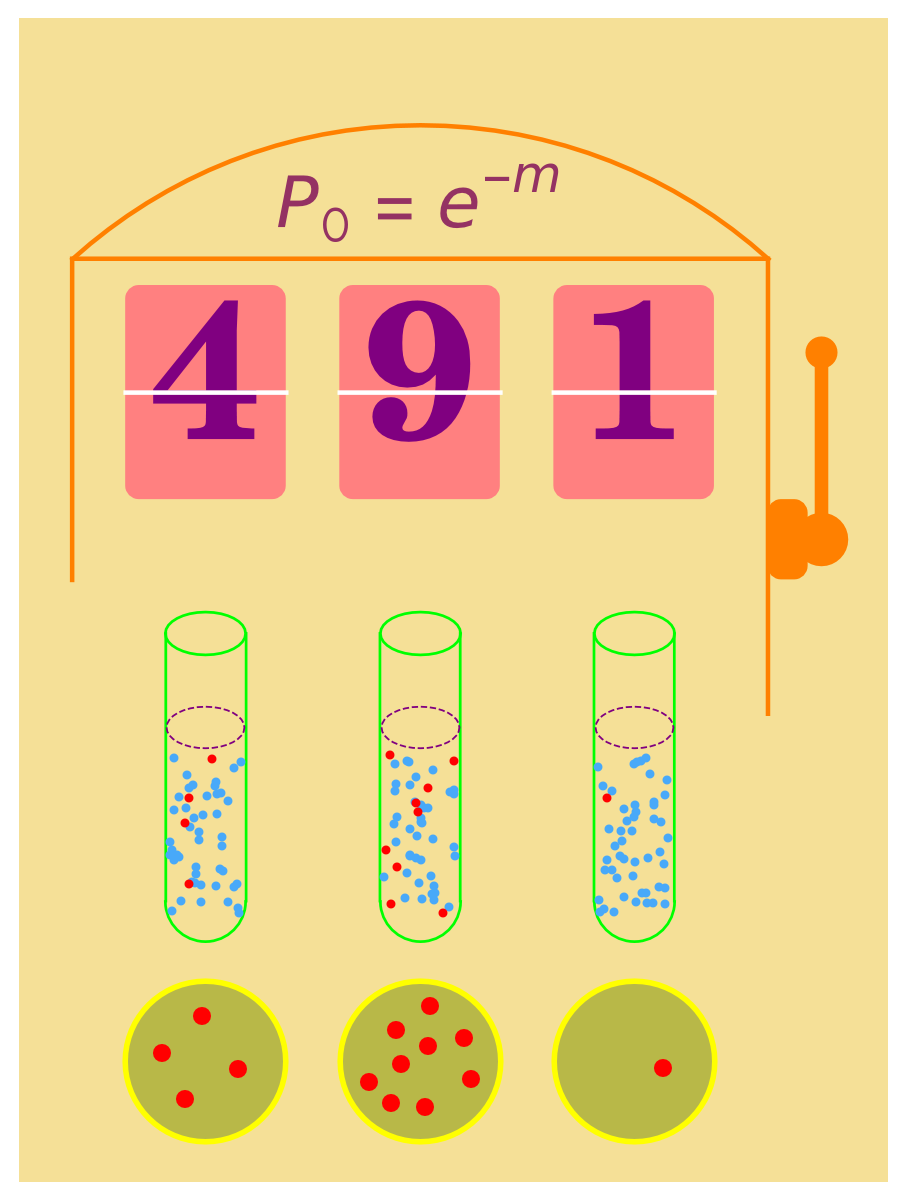 webSalvador (2021) traces its origin to
SALVADOR (2002), executable code of which is
still available at Wolfram Research.
It was re-written and expanded in 2017 in the R language, named rSalvador.
Details of rSalvador are given in
Zheng (2017) webSalvador offers some most frequently used functionalities in rSalvador.
webSalvador (2021) traces its origin to
SALVADOR (2002), executable code of which is
still available at Wolfram Research.
It was re-written and expanded in 2017 in the R language, named rSalvador.
Details of rSalvador are given in
Zheng (2017) webSalvador offers some most frequently used functionalities in rSalvador.
Among features unique to webSalvador are the following three. First, it computes likelihood ratio-based confidence intervals, which is known to be superior to the commonly used Wald-type confidence intervals when sample size is small. The algorithm for computing likelihood ratio-based confidence interval is given in Zheng (2005). Second, when accounting for variation in Nt, it adopts a Gamma mixture model, which allows for exact computation. The Gamma mixture model was introduced in Zheng (2012) Note that the adjustment for variation in Nt is necessary only when the the variation is considerably large; see Zheng (2016). Third, it employs the likelihood ratio test to compare mutation rates, using the algorithms given in Zheng (2016). The LRT approach is superior to other existing methods when sample size is not very large.
